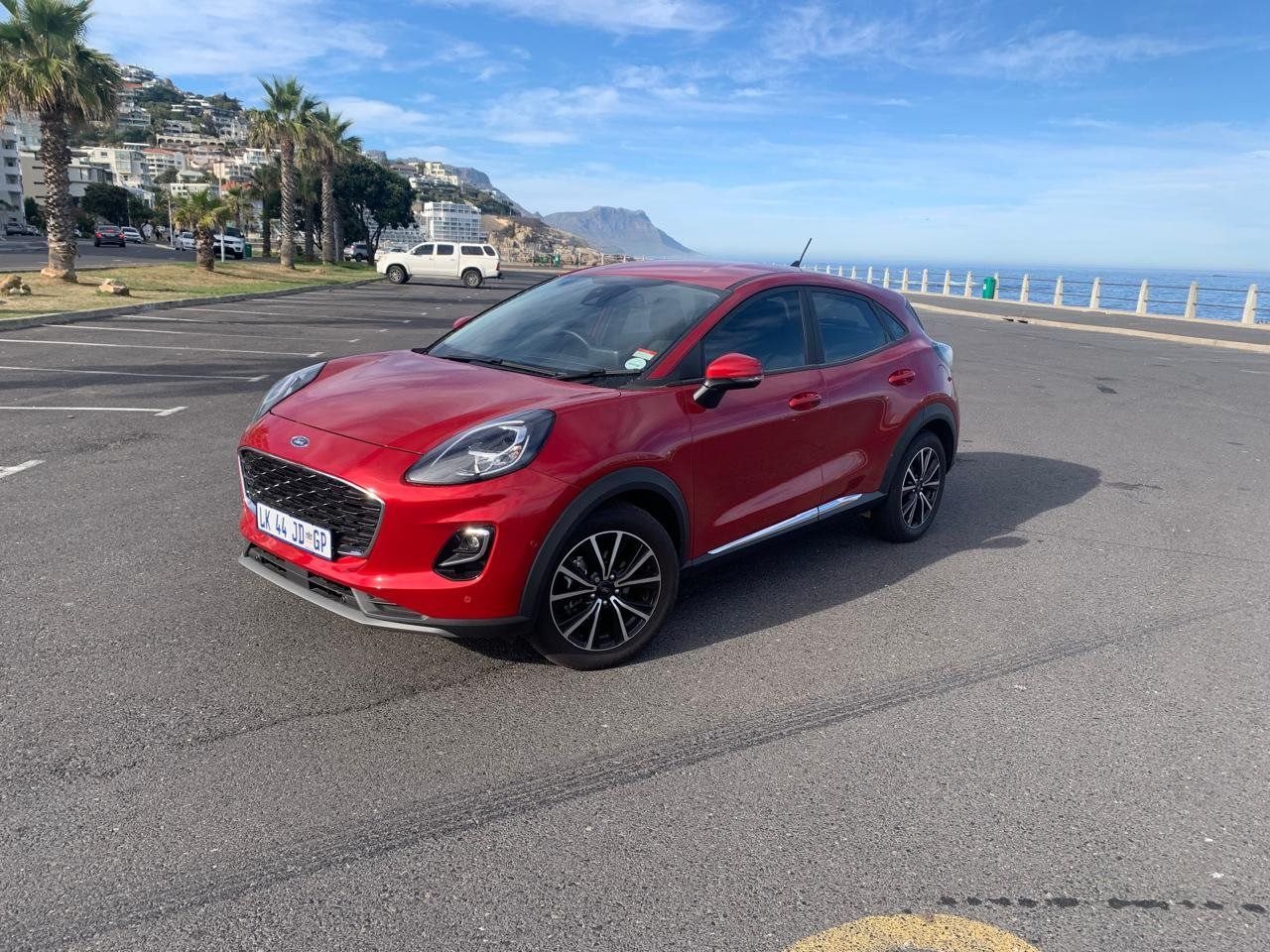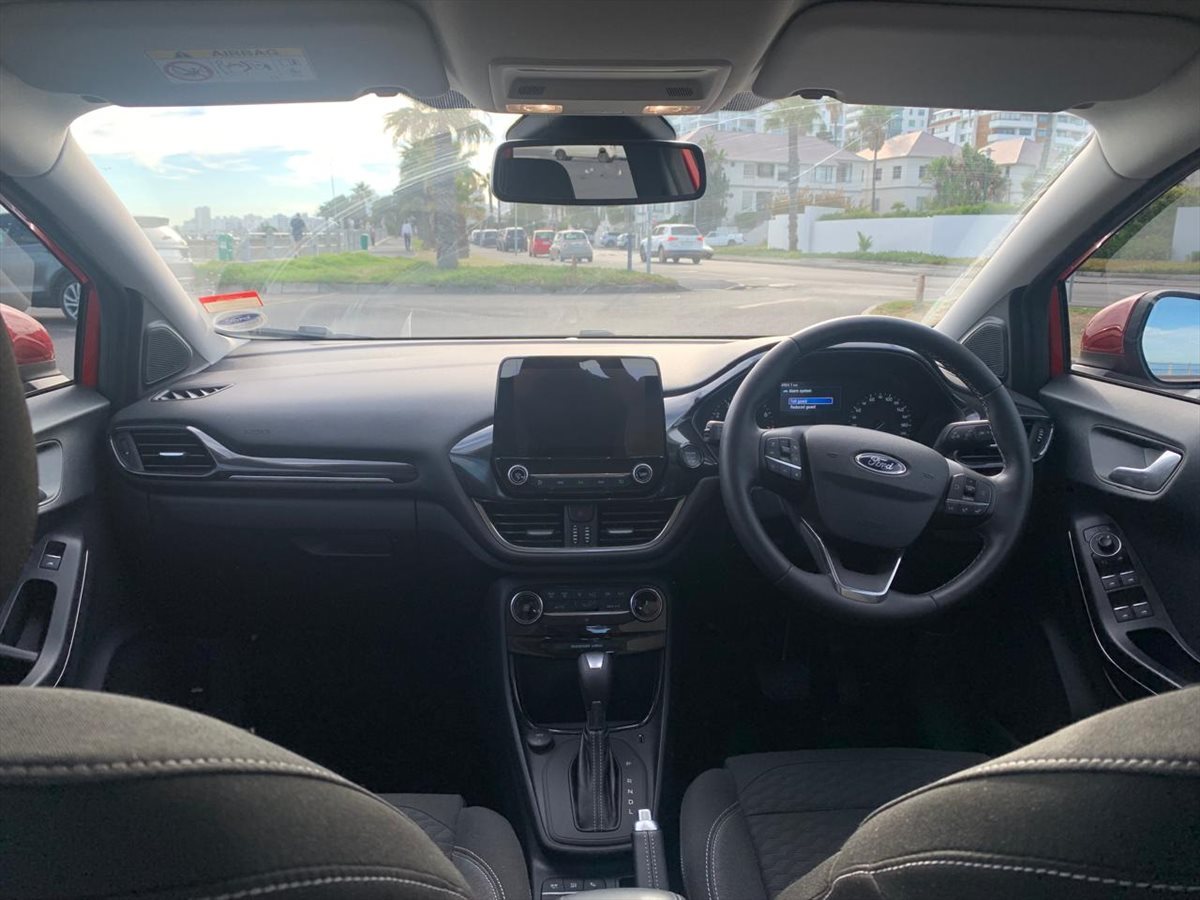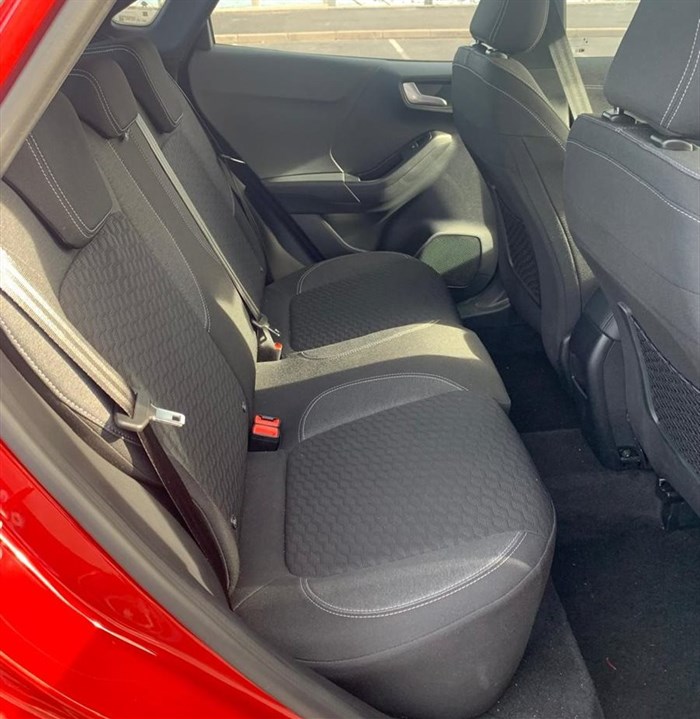I had a brief encounter with the new Ford Puma in the wild concrete jungle of Cape Town late last year, and I was left impressed. It drove well and quality was abound. The three-cylinder 1l EcoBoost engine proved to be efficient with a punchy performance. However, its pricing caused some to raise their eyebrows.
But new cars currently are just expensive, there’s no way around it.
A decline in the new car market is indicative of this. In the instance of the Ford Puma, which is Ford’s foray into the passenger vehicle market again after culling the EcoSport, Fiesta, and Figo, the price of its base model the Titanium is R569,900.
The raised eyebrows, however, can also be justifiable then as the competition in the compact crossover SUV segment is tight, especially with Chinese brands coming in hot.
To digress, I have once again sat behind the wheel of the Ford Puma, this time for more comprehensive testing, and before jumping into the nitty gritty, I'll share background info.
The Ford Puma made its debut worldwide in the European market roughly four years ago and is manufactured in Romania. I recall Ford Motor Company Southern Africa’s president Neale Hill telling media at the local launch that the introduction of the Puma to our market is a move to not let the Blue Oval become solely recognised as a bakkie brand.
It's built on Ford’s B-car architecture and locally it's up against some heavy hitters in its segment, such as the Volkswagen Taigo, Volkswagen T-Roc, Hyundai Kona, and the Mazda CX-30.
On test, I had the Titanium model, and it proved itself once again to be punchy with good throttle response in the lower revs and put up a relatively frugal figure of 7.8l per 100km in urban environments.
Its seven-speed automatic gearbox DCT is largely to thank for the rapid acceleration, making it work from about 0-80km/h surprisingly fast. The numbers on paper are 92kW and 170Nm, and it is enough for proper over-take moves on freeways.
The suspension is on the firmer side, and not as gentle as I would've liked it to be. I found the ST-Line Vignale smoother sailing. The Puma comes with five drive modes: Normal, Eco, Slippery, Sport and Trail.
On the inside the legroom for the driver is great. The footwell for the driver's resting left leg is comfortable because of its depth and placement.
Headroom wasn't an issue for me (1.8m in height) but in the rear seats, my head was near the ceiling, which is the downside of the Puma's sloping roofline design.
Three occupants seat in the rear is a bit of a tight affair but not overly cramped. I imagine a small family getting along with what Puma offers space-wise, despite its headroom concern.
The materials and switchgear are basic, refrain from being tacky, and feel of quality. Cloth trim with grey stitching is found on the Puma Titanium.
The eight-inch infotainment screen is a let down in my opinion because of its size and graphics. I've grown accustomed to stepping into new Ford vehicles with big portrait infotainment screens.
My letdown can be seen as irrational because the infotainment screen still operated at a good speed and offers Android Auto, Apple CarPlay, and Ford’s Sync 3.
The Puma's external design is polarising. Some take to it and others don't. This is very subjective. I don't mind it really, although I wouldn't say it's stylish. It has a sloping roofline and headlamps that Ford describes as canoe-shaped.
It has black-machined 17-inch alloy wheels, chrome elements for the grille, side skirts and fog lamps. The rear diffuser and skid plate are in metallic grey, and the window surrounds are in high gloss black.
Safety features include ABS, electronic brake assist, electronic stability control, hill launch assist, tyre pressure monitoring, auto high beam headlight activation, and the lane-keeping system – which incorporates lane-keeping aid and Alert functions as well as lane departure warning.
Verdict
Despite its price breaking the half-a-million Rand mark and despite it being seen as an EcoSport replacement, the Puma does well to prove its worth on the road by exhibiting good drive quality in nearly all facets, which I think can quiet some naysayers.
Forget the design as well and put in your mind what compact crossovers aim to achieve and it's fair to say the Puma ticks most of the boxes.
With the imminent launch of the new Ford Territory, it's worthwhile waiting to see what it offers before considering the Puma although they are fundamentally different types of cars.
Included as standard is Ford Protect comprising a four-year/120,000km warranty, four-year/unlimited distance roadside assistance and five-year/unlimited distance corrosion warranty. The recommended service interval is 15,000 km or annually, whichever occurs first.
Customers have the option of purchasing service or maintenance plans for up to eight years or 135,000 km.
The warranty can be extended up to seven years or 200,000 km, while the roadside assistance can be extended for an additional one or two years.



































